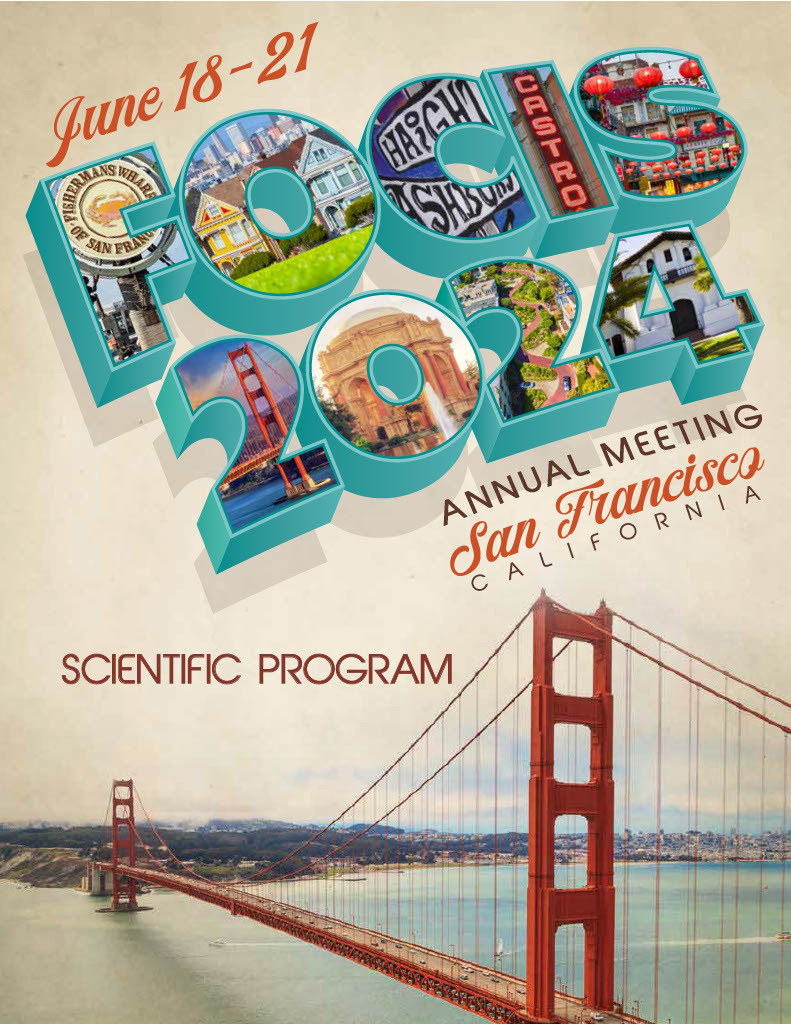W137 - Reversal of Thymic Involution Delays Age-Associated Mortality of Toxoplasma gondii Challenged Mice.
Wednesday, June 19, 2024
7:30 AM - 7:30 PM PT
Abigail Morales Sanchez – Researcher, Children's Hospital of Mexico Federico Gomez, Mexico.; Marieke Lavaert – National Cancer Institute, National Institutes of Health, USA.; Melanie Vacchio – National Cancer Institute, National Institutes of Health, USA.; Yongge Zhao – National Cancer Institute, National Institutes of Health, USA.; Dragana Jankovic – National Institute of Allergy and Infectious Diseases, National Institutes of Health, USA.; Ranjan Sen – National Institute of Aging, National Institutes of Health, USA.; Remy Bosselut – National Cancer Institute, National Institutes of Health, USA.; Avinash Bhandoola – 2National Cancer Institute, National Institutes of Health, USA.
- JC
Jennifer E. Cowan, n/a
Sir Henry Dale Fellow
University College London
London, England, United Kingdom
Abstract Text: Effective adaptive immunity is dependent on T-cell development in the thymus, which undergoes age-related involution, leading to reduced output of naïve T-cells. This is suggested to compromise T-cell immunity and increase risk of disease severity in the elderly. However, it is unknown whether enhancing thymic function would ameliorate the immune defects observed in the elderly, due to a limiting number of models allowing efficient reversal of thymic atrophy.
We developed a novel mouse model where thymic involution can be reversed by inducible enforcement of Myc expression in thymic epithelial cells. Toxoplasma gondii is an age-sensitive parasitic infection that induces death in wild-type (WT) mice over 9 months (M) (Gardner et al, 1977. Johnson et al, 1995). Antibody depletion of T-cells in aging hosts challenged with Toxoplasma gondii rescued this phenotype, prolonging their survival. This suggests T-cells mediate the death of aged mice. 18M mice that underwent reversal of the involution process had enhanced thymic function and partial restoration of the age-associated reduction in naïve T-cell numbers. When challenged with Toxoplasma gondii they displayed delayed death compared to 18M WT controls, suggesting reversal of involution confers improved immunological protection against infection to the aging host.
These findings identify a role for thymic involution in the age-associated mortality of Toxoplasma gondii infection. We are using this model to investigate the mechanisms governing death in aging hosts and enhanced outcome in thymic rejuvenation. Overall, these findings reveal the potential clinical significance of thymic regrowth in improving the age-related defects in adaptive immunity.
We developed a novel mouse model where thymic involution can be reversed by inducible enforcement of Myc expression in thymic epithelial cells. Toxoplasma gondii is an age-sensitive parasitic infection that induces death in wild-type (WT) mice over 9 months (M) (Gardner et al, 1977. Johnson et al, 1995). Antibody depletion of T-cells in aging hosts challenged with Toxoplasma gondii rescued this phenotype, prolonging their survival. This suggests T-cells mediate the death of aged mice. 18M mice that underwent reversal of the involution process had enhanced thymic function and partial restoration of the age-associated reduction in naïve T-cell numbers. When challenged with Toxoplasma gondii they displayed delayed death compared to 18M WT controls, suggesting reversal of involution confers improved immunological protection against infection to the aging host.
These findings identify a role for thymic involution in the age-associated mortality of Toxoplasma gondii infection. We are using this model to investigate the mechanisms governing death in aging hosts and enhanced outcome in thymic rejuvenation. Overall, these findings reveal the potential clinical significance of thymic regrowth in improving the age-related defects in adaptive immunity.

